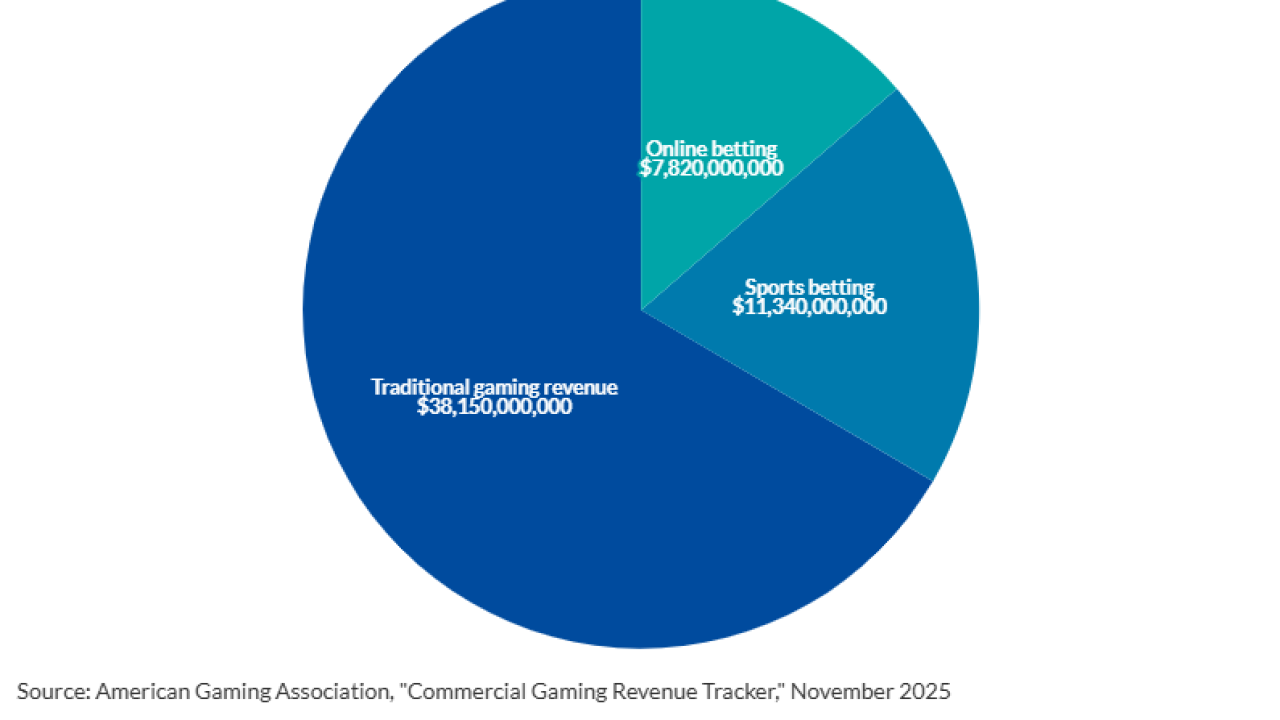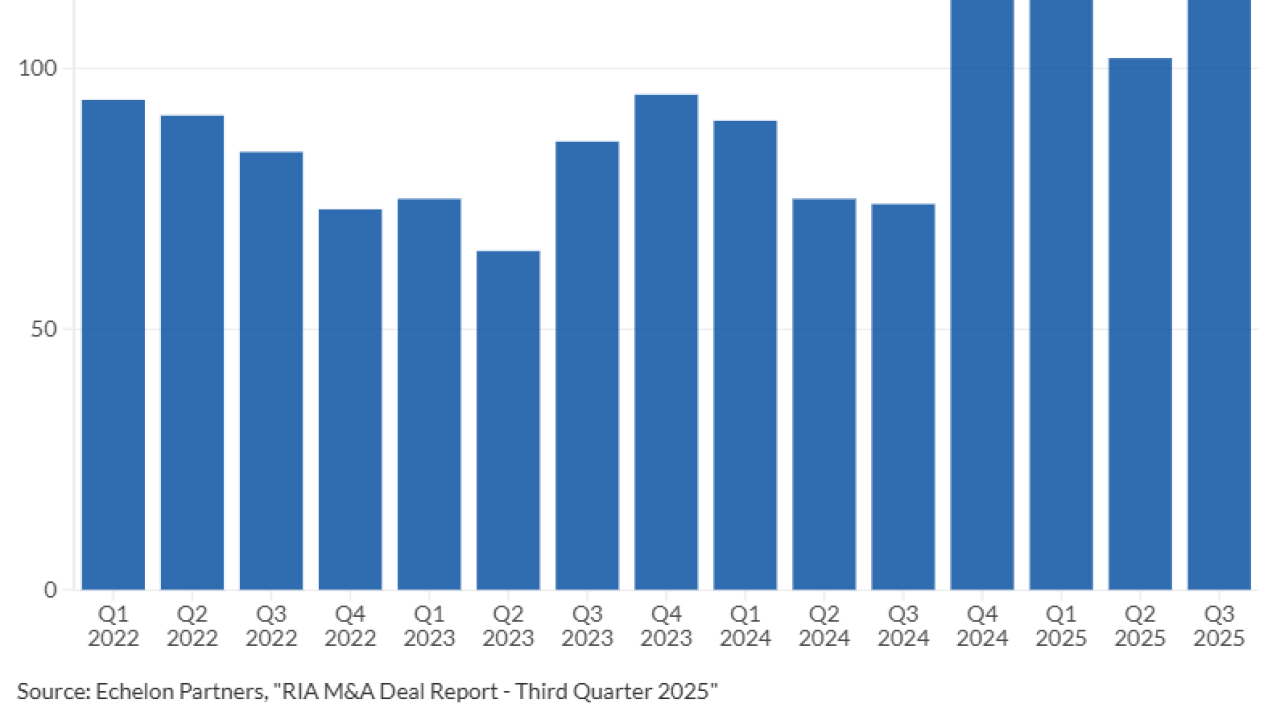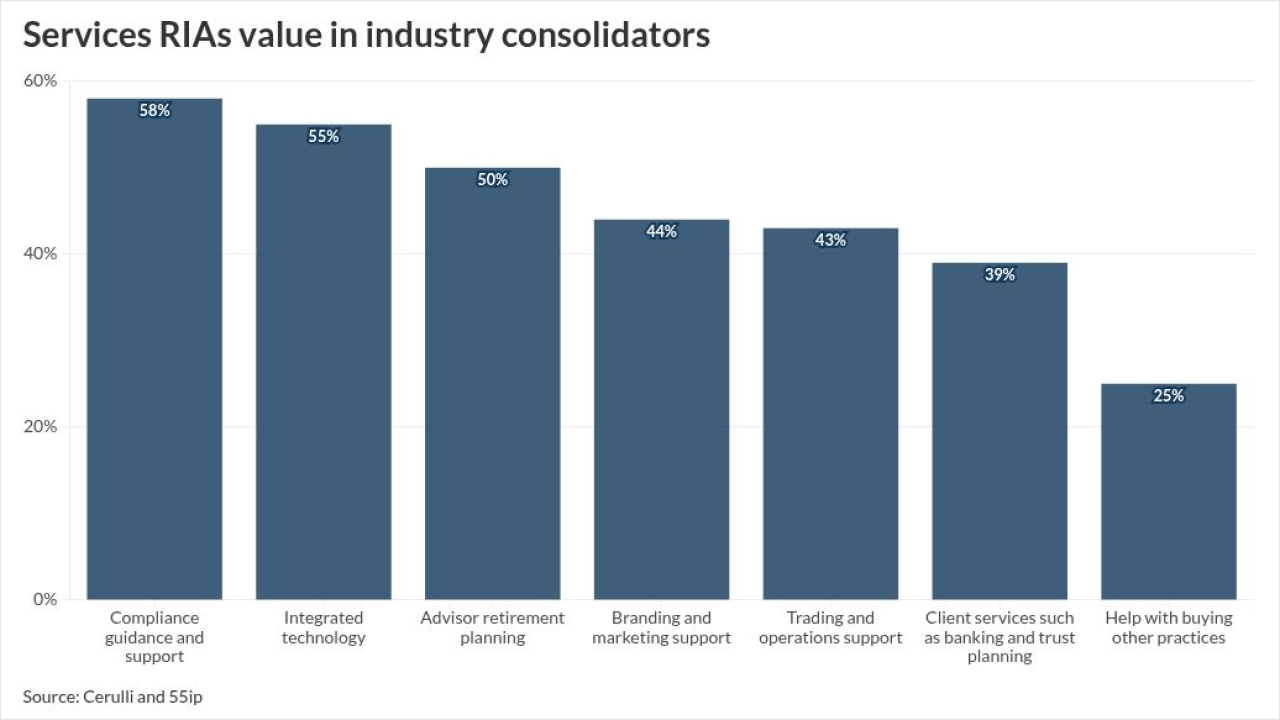Stifel's wealth management division posted profits that were nearly identical
The unit
Chief Financial Officer Jim Marischen commented on the company's cash sweep policies and sweep deposit costs, following industry-wide concerns.
READ MORE:
"Let me start by saying that Stifel has been at the forefront of industry trends for much of the cash sorting cycle," Marischen said in a Wednesday earnings call with analysts. "Our Smart Rate product was introduced before rates began to rise and offer clients a competitive savings account, which resulted in the retention of client cash within Stifel. In addition, we positioned our balance sheet to insulate us from interest rate risk and provide acceptable risk-adjusted net interest margin."
Sweep deposits accounted for 1.7% of fee-based client assets, with an average sweep deposit per advisory account of $9.
According to Marischen, 63% of Stifel's pre-rate cycle sweep deposits are put into Smart Rate accounts, with Stifel's sweep deposits totalling $10 billion, and Smart Rate deposits totaling $16 billion.
Revenue
Stifel's wealth management unit reported $801.1 million in revenue in the second quarter. Transactional revenues and asset management revenues both increased from the same time last year due to higher client activity and higher asset values, respectively.
"Our annualized results for the first half of the year put us above the midpoint of our guidance and roughly in line with Street estimates for the full-year," said Ronald Kruszewski, chairman and chief executive officer. "Given the current trends we are seeing in the market and the operating leverage in our business, we believe that we are well positioned for a strong second half."
Asset management was the sector that contributed the largest amount to overall revenues. Stifel saw a 19% increase in year-over-year revenue to $380.8 million. The company also saw record advisory revenues, with a 50% increase from last year to reach $131.4 million this year.
Net interest income for the company overall decreased by 15% year-over-year, following changes in deposit mix.
Client assets
The firm had record client assets of $474.1 million, up 14% year-over-year.
The wealth management unit reported that $179.7 million, or 38%, of its client assets generate fee-based revenue.
Advisor headcount
Stifel lost 10 advisors compared to the same time last year, counting 2,359 advisors total in its wealth management arm. The firm recruited 42 financial advisors during the quarter.
In February, Stifel
Stifel was ranked as the top firm for
"The results of this survey further proves our core values of respecting our advisers and continually improving the adviser experience, which in turn leads to better client experience," said Kruszewski. "Focusing on these values enable Stifel to continually attract and retain high-quality advisers to our platform, provide exceptional client service and has been a foundation to our history of strong revenue growth."
Expenses
Stifel's global wealth management division reported nearly $502 million in expenses, or a 9.5% increase from the same time last year.
This increase in expenses was driven by labor costs, with an 11% jump in expenditures on compensation and benefits due to higher fees and commissions paid by the company.
The amount spent on commission and revenues increased 17.4% from the same time last year.
Remark
Kruszewski expressed confidence in the company's financial outlook for the rest of the year.
"Stifel generated our second highest quarterly net revenue in company history, as each of our operating segments generated solid year-on-year gains," he said. "Stifel's strong results reflect improved market conditions and illustrate the benefits of our balanced businesses and inherent operating leverage, particularly in our Institutional Group."
Kruszewski said that the company expects the Wealth Management and Institutional Group revenues to make up for losses in net interest income in the current economic climate.
"Let me just state that Stifel anticipated and prepared for this rate cycle, both on the asset side of our balance sheet as well as offering clients options for savings accounts, primarily our Smart Rate," Kruszewski said. "As such, we do not see a material impact relating to this matter."
Last quarter, Kruszewski






